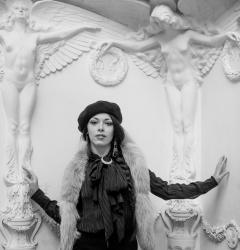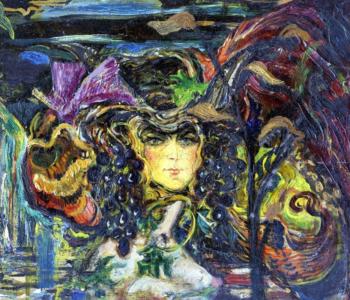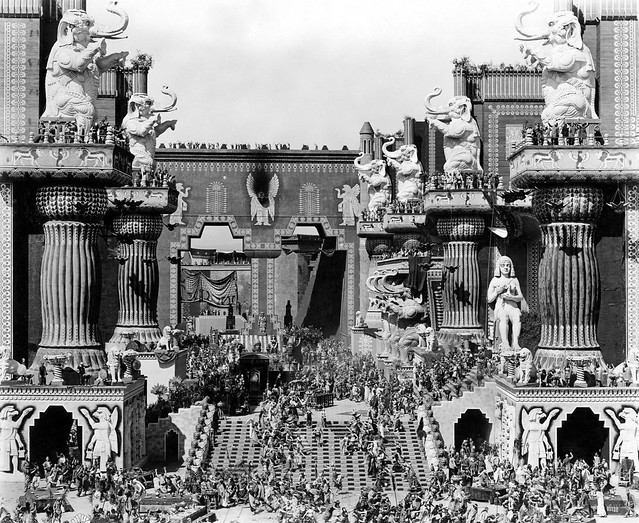 the Babylon scene in Intolerance, by D. W. Griffith, 1916
the Babylon scene in Intolerance, by D. W. Griffith, 1916
“My candle burns at both ends;
It will not last the night;
But ah, my foes, and oh, my friends—
It gives a lovely light!”
Edna St. Vincent Millay
Hollywood Babyon is a book about the golden age of Hollywood, from the early years of 1900 and until 50’s. It talks about sordid scandals, unsolved homicides, mafia intrigues, censures, suicides, sex scandals, drug addition, alcoholism and cheateries before the coming of sound. It shows the other side of the wonderful and sparkling world where everybody seemed happy and their life perfect. It was written by the controversial filmmaker Kenneth Anger and originally published in French in 1959 as Hollywood Babylone, because most of the people mentioned in the book were still alive. The first U.S. edition of Hollywood Babylon was published in 1965, it was banned ten days later and would not be republished until 1975. This book is the story of a dream came true and its decline, the rise and its fall and the people who died with and because of it.
***
Hollywood Babilonia è un libro che parla del periodo dorato di Hollywood, dai primissimi del ‘900 fino agli anni 50. Racconta e svela tutti gli scandali, gli omicidi, i suicidi, i tradimenti, gli affari con la mafia, le morti per droga e alcolismo che segnarono Hollywood prima che il cinema diventasse sonoro. E’ stato scritto da Kenneth Anger, controverso regista, nel 1959 anche se in America fu pubblicato solo nel 1965 e fu subito proibito.
Dobbiamo a tutti gli effetti credere nelle radici oscure e decadenti del cinema. I primi film muti devono molto alla cultura decadente di fine secolo, dal quale riprendono la femme fatale o vamp, la figura della donna misteriosa e rovinosa presente in tutti i primissimi film. E non a caso, nel 1916, arrivò ad Hollywood anche Aleister Crowley. Il primo volto della femme fatale fu quello di Theda Bara che però nulla era di quel che sembrava nei film. Presentata “ai sempliciotti come un demone di depravazione arabofrancese” nella vita reale era invece “una borghesuccia timorata e perbenino.” Questo però impresse quella che sarebbe diventata la prima regola di Hollywood: l’apparire.
Nacquero così i primi attori della storia, i Divi. Superpagati, non sapevano cosa significava la fama e il successo che li colpiva in pieno e improvvisamente, senza lasciargli il tempo di rendersene conto. Così perdevano il contatto con la realtà. Spremuti dai vari Studios per fare a raffica film da botteghino, “le stelle lavoravano duro tutta la settimana, andavano a letto alle 10 per essere pronte la mattina presto, ma i weekend erano turbinosi”. Divennero famosi i festini in ville stile ispano-moresche a base di sesso, droga e alcohol. I ritmi frenetici e il Proibizionismo incentivarono l’uso di altre sostanze eccitanti, prima fra tutti, la cocaina. Molti attori ne facevano uso e alcuni ne morirono come Alma Rubens e Barbara La Marr, altri ne rimasero mortalmente invischiati come Wally Reid e probabilmente anche il suicidio di Olive Thomas.
Hollywood era ancora intrisa di morale vittoriana, dove il sesso era taboo e l’alchol proibito (almeno dal 1919 fino al 1933) e per questo sarebbe presto diventata sinonimo di Peccato, una nuova Babilonia. Eppure gli eccessi delle feste (come quella in cui morì misteriosamente Virginia Rappe), le morti per overdose, gli omicidi di Tom Ince, William Desmond Taylor, Thelma Todd e altri, tuttora avvolti nel mistero, le orge di Von Stroheim non facevano che accrescere il fascino per questa città, vista come il luogo dei sogni, e il pubblico correva al cinema, a vedere le sue stelle, sempre più numeroso. “Gli anni 20 sono a volte definiti gli anni d’oro del cinema e lo sono stati davvero, per la travolgente attività creativa, oltre che per gli incassi. La leggenda trascura un fatto solo: la paura. L’eterna paura, nevralgica, quasi erotica, che da un momento all’altro il sogno dorato si dissolvesse nel nulla.” E infatti così accadde. Gli scandali che scoppiarono durante tutto il decennio misero fine a promettenti carriere. Con l’arrivo del sonoro molti divi fallirono perché le loro voci non piacevano (Clara Bow, John Gilbert, Buster Keaton, Louise Brooks) e quelli che rimasero fallirono dopo la crisi del ’29. Ma la vera decadenza arrivò con la televisione, che abbassò il livello dallo straordinario al quotidiano e il divo non aveva più ragione di esistere.
Quando arrivarono gli anni ’60 la vecchia Hollywood era ormai morta. Gli Studios vennero rilevati uno ad uno dalla televisione e alle aste venivano venduti, per pochi soldi, memorabilia di film famosi e oggetti o vestiti appartenuti ai grandi divi. Era svanita quella sorta di sacralità che avvolgeva il divo, ormai la televisione offriva scandali quotidianamente e non c’era più tutta quella morbosa attenzione. Ci furono però una serie di ultime morti che salutarono per sempre la vecchia Hollywood: Marilyn Monroe si suicidò nel 1962; Jayne Mansfield morì per un incidente d’auto nel 1967; Ramon Novarro ormai ultrasessantenne fu ucciso da due marchettari per pochi spiccioli nel 1968; nello stesso anno ci fu l’imbarazzante suicidio di Albert Dekker che volle mostrare il suo feticismo per la biancheria femminile indossandola; il suicidio di George Dekker in Spagna; il massacro di Sharon Tate nel 1969 e il suicidio per barbiturici di Judy Garland (che lo aveva già tentato altre volte).
In se magna ruunt.
sources: Hollywood Babylon by Kenneth Anger. For bio infos: wikipedia.org.

Theda Bara was the first femme fatale. Presented to the public as a french-arabic demon of perversion, she rather was a prim and middle class lady.
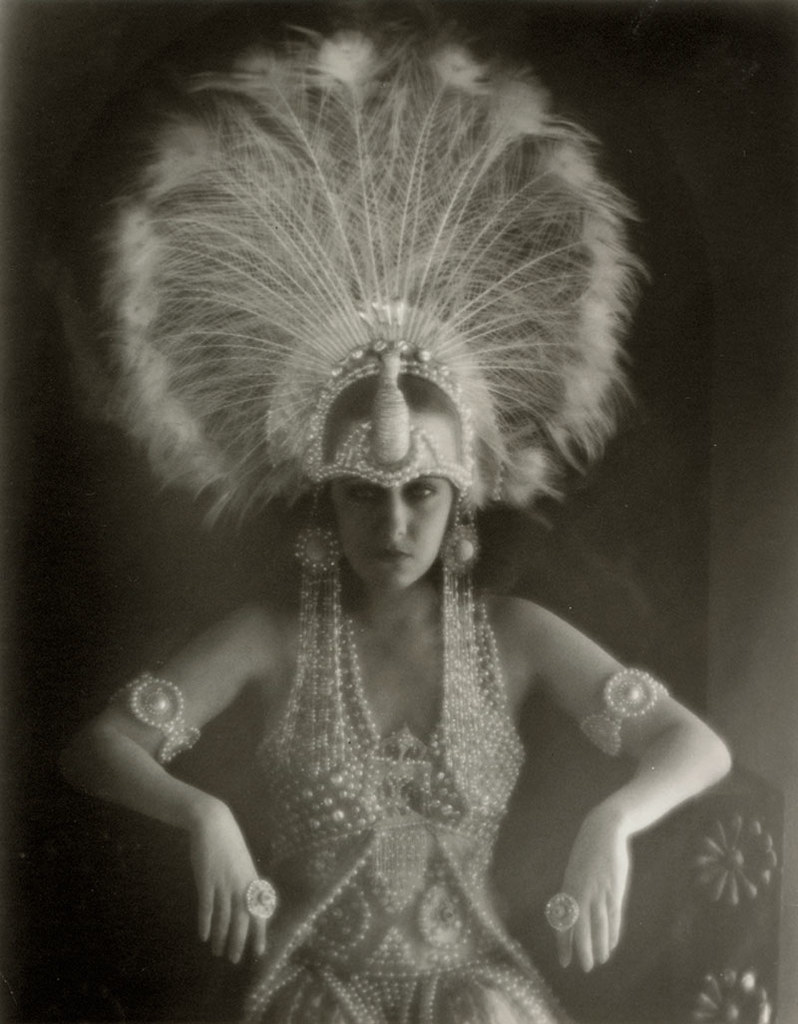
Gloria wearing her famous peacock headpiece
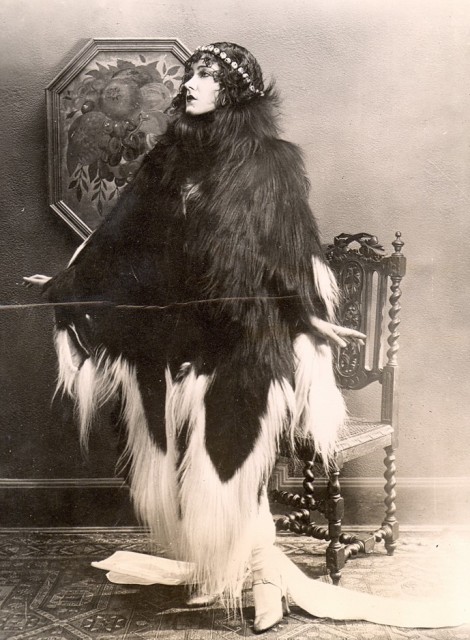 Gloria in a monkey fur cape
Gloria in a monkey fur cape
Gloria Swanson embodies perfectly the star system. According to Anger, she used to spend yearly for clothes: furs 25000$; other coats 10000$; dresses 50000$; tights 9000$; shoes 5000$; lingerie 10000$; bags 5000$; hats 5000$; perfumes 6000$. Sic transit Gloria mundi.
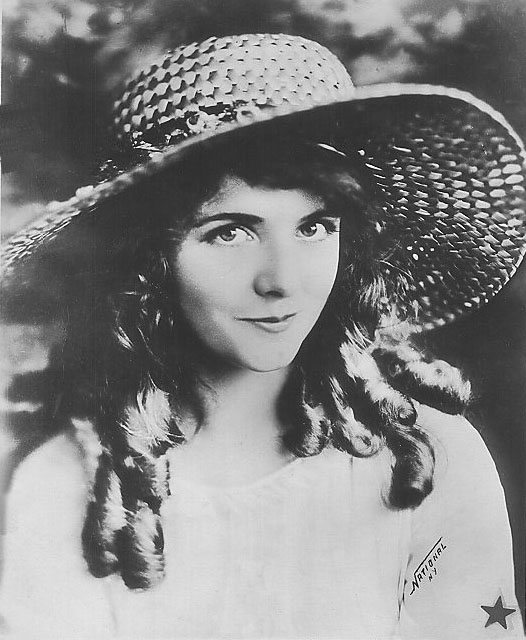
Olive Thomas died at the age of 25 in mysterious circumstances. She was found death in her hotel room in Paris in 1920. It was supposed to be her second honeymoon with her second husband Jack Pickford, they were considered the perfect couple. After her death it was rumored that the actress used to take cocaine together with her husband, though it was never proven.
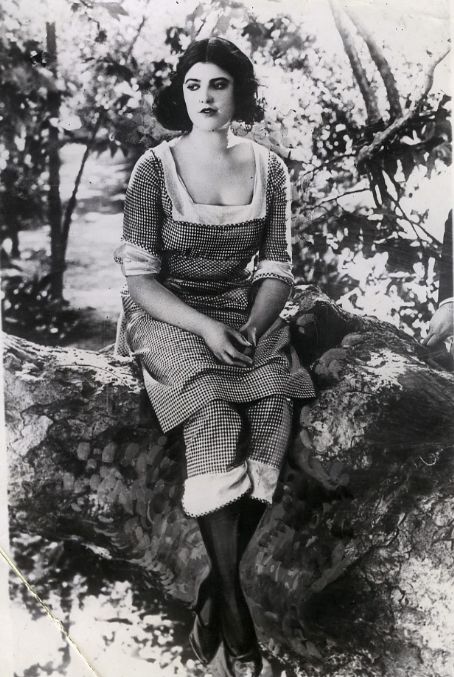
Virginia Rappe’s death was the most violent and obscure. She died during a party in 1921 held in Roscoe “Fatty” Arbuckle’s ( the most popular silent star of the 1910s) suite, at the St. Francis Hotel in San Francisco. The autopsy revealed she died from a ruptured bladder and secondary peritonitis and it was alleged that she died as a result of a violent sexual assault by Arbuckle. She was 26.


Alma Rubens was a popular actress and nobody knew she had an addiction to cocaine until, in 1929, she stubbed a physician who was taking her to a sanitarium for treatment. After the rehab, she found it hard to get roles and so began her personal decline. After an arrest by Federal officers on a narcotics charge and after being in and out of mental institutions, she died of pneumonia in 1931 when she was 33.
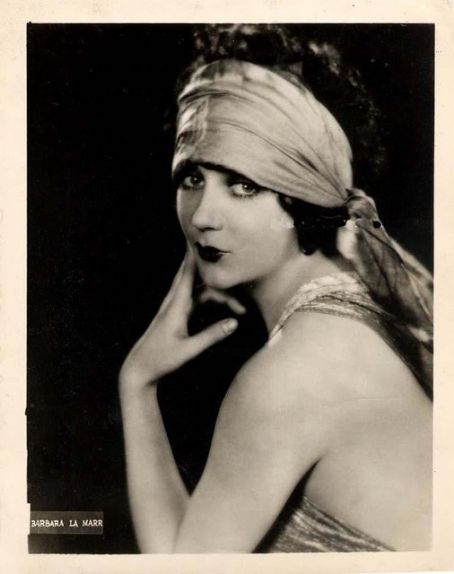
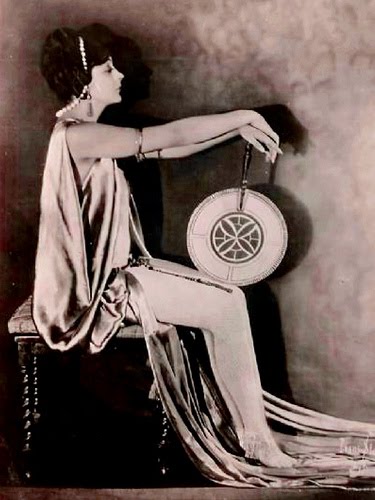
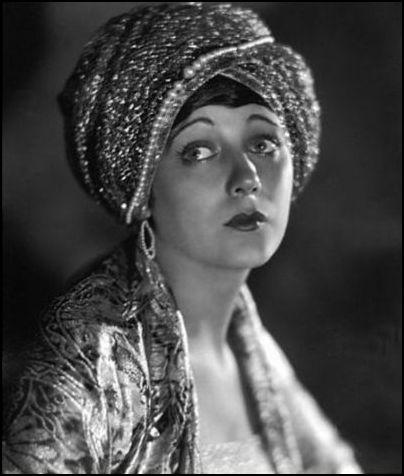
Barbara La Marr was known as “The Girl Who Is Too Beautiful”. Although her film career flourished, she started to embraced a ruinus nightlife, using drugs and having a lot of flirts. She said that she slept no more than two hours a night until, in 1926, died of tuberculosis and nephritis in Altadena, California at the age of 29.
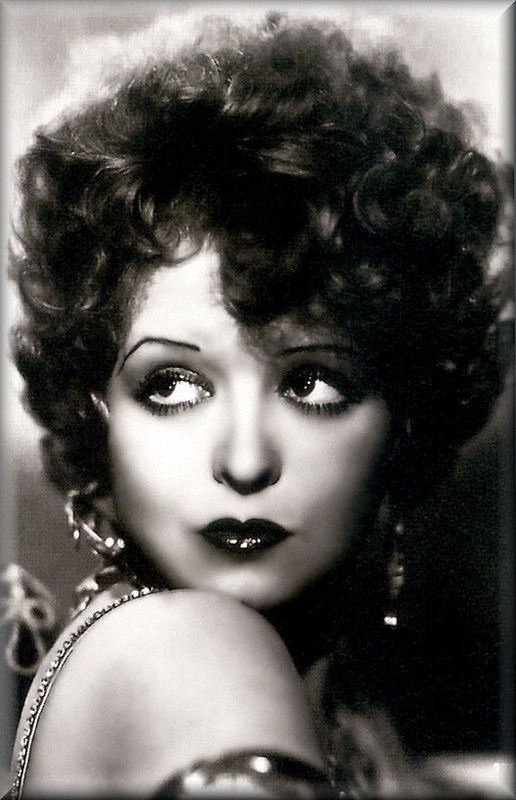
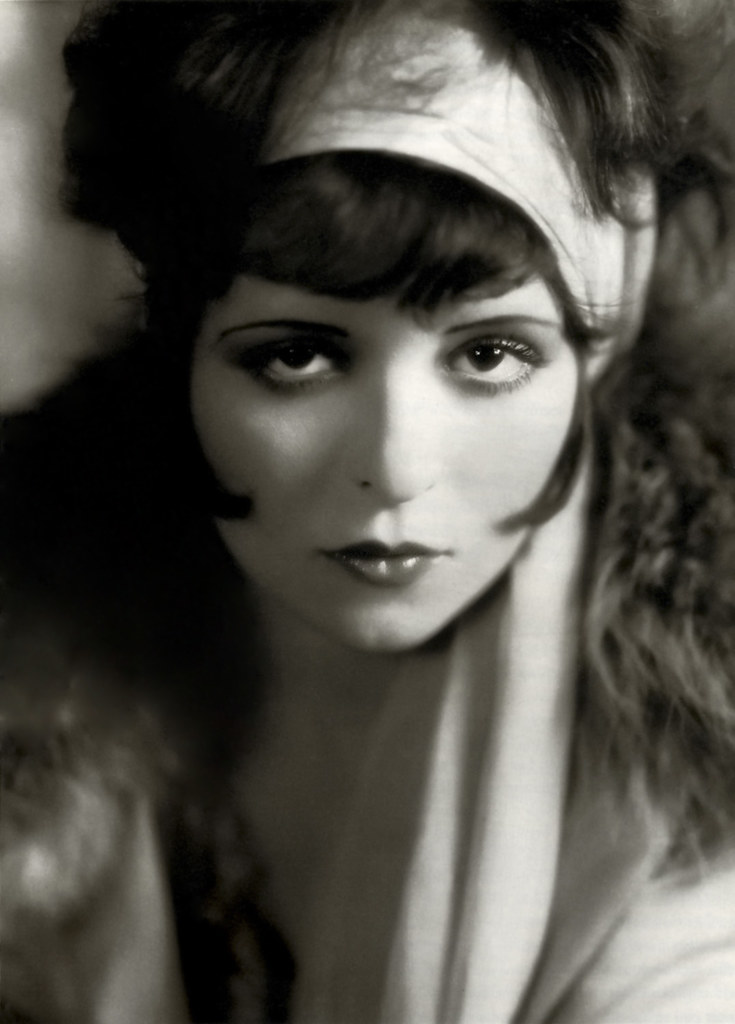

Clara Bow came to personify the roaring twenties and is described as its leading sex symbol. She has been a brilliant actress who, at the apex of her stardom, received more than 45,000 fan letters. But in 1930, her secretary Daisy DeVoe, published a diary with the lists of all the men, allaged or real, she had slept with. Kennet Anger also says that Bow’s friendship with members of the 1927 University of Southern California football team included group sex with the entire team. The public scandals ruined her carrer and, when film became talking, her voice was said to be awful. In 1944 she tried to commit suicide. In 1949 she checked into The Institute of Living to be treated for her chronic insomnia and diffuse abdominal pains. Shock treatment was tried and numerous psychological tests performed. Her pains were considered delusional and she was diagnosed with schizophrenia.
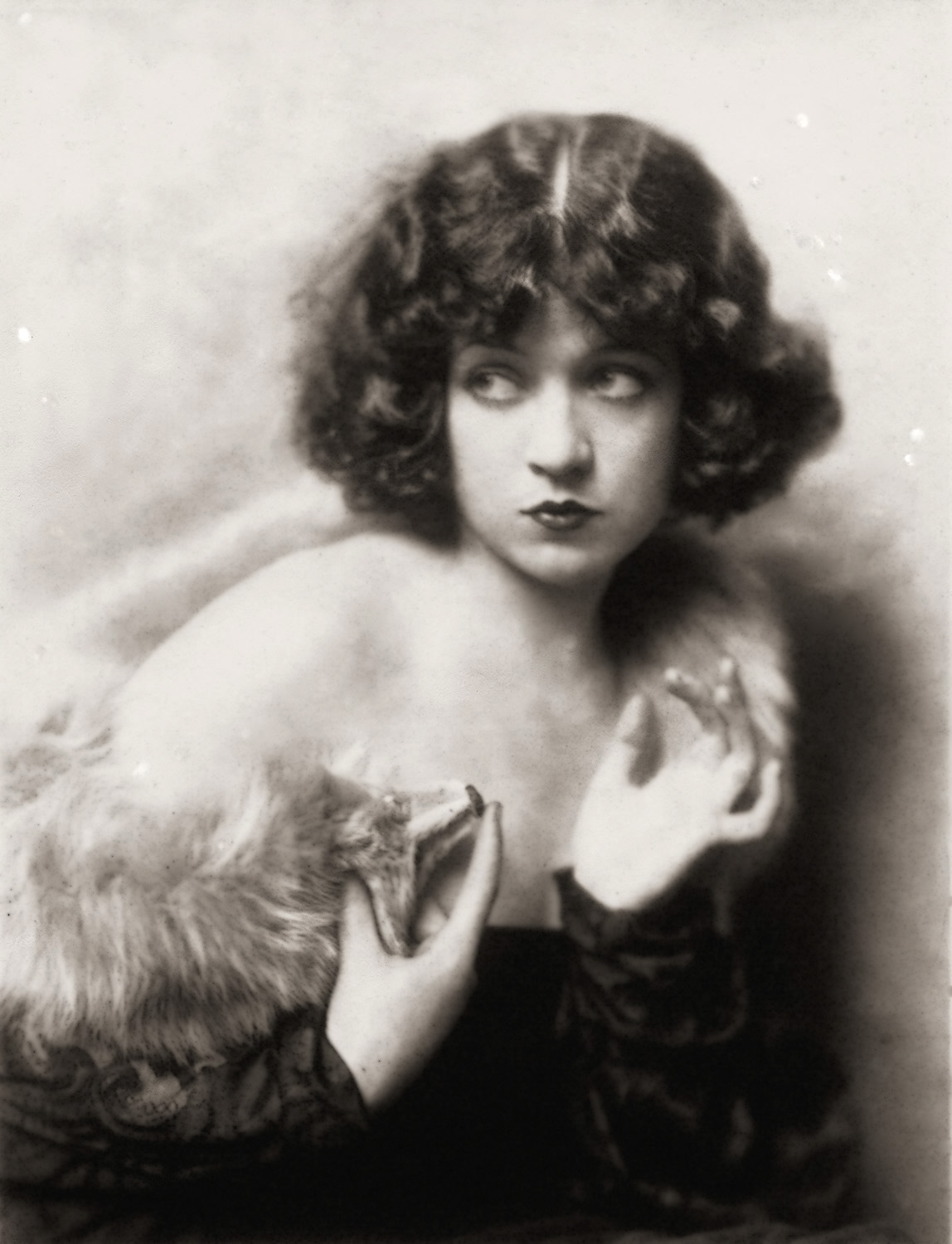
Mary Prevost, adored by Erst Lubitsch, was a real star. Just as her career was blossoming, Prevost’s mother was killed in an automobile accident and she was so devastated that began drinking heavily and soon developed an addiction to alcohol. She suffered of drepression and her binge eating made her gain weight. By the 1930s, she was working less and being offered only secondary parts so her financial situation was ruinous. In 1937, at the age of 38, Prevost died from heart failure brought on by acute alcoholism and malnutrition. Her body was not discovered until 3 days later. She was found lying face down on her bed, her legs marked with tiny bites. Prevost’s pet dachshund, Maxie, had nipped at her legs in an attempt to wake her up. Her funeral was paid for by Joan Crawford.
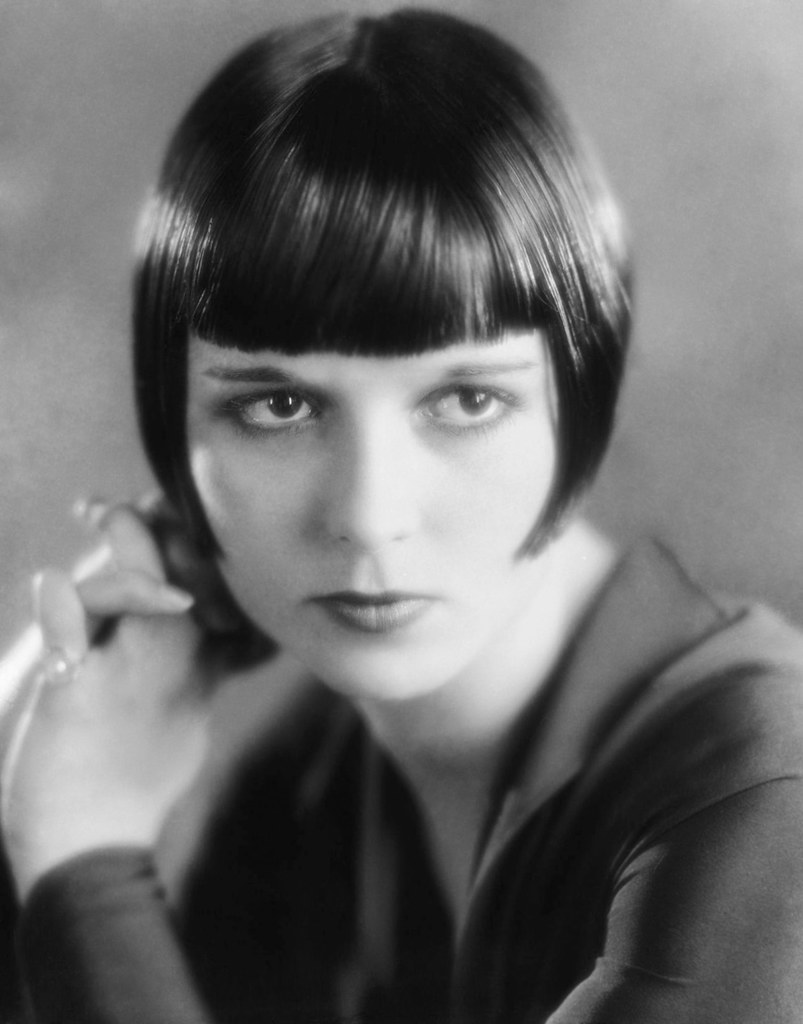
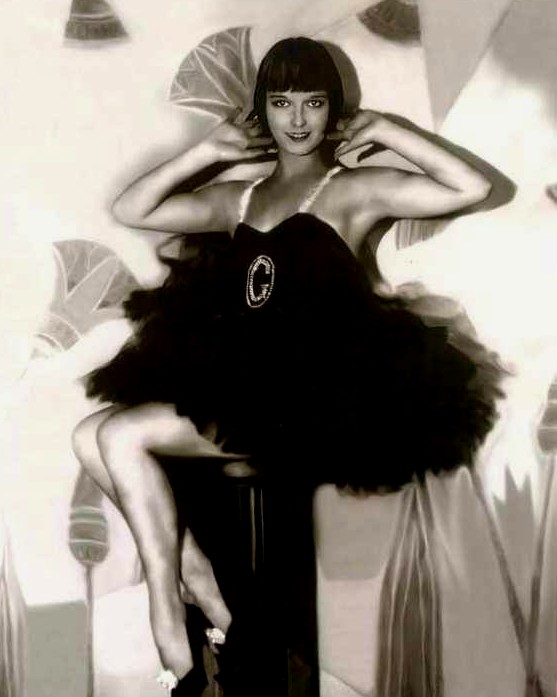
Louise Brooks, famous for her bobbed haircut, was the most popular actress in the last years of 20’s playing the role of Lulù. But after the coming of sound films, according to the Studio, her voice was unsuitable for sound pictures. After an argue with the Paramount she was irrevocably placed on an unofficial blacklist. She ends up her days alone and forgotten, working as an assistant at Macy’s.
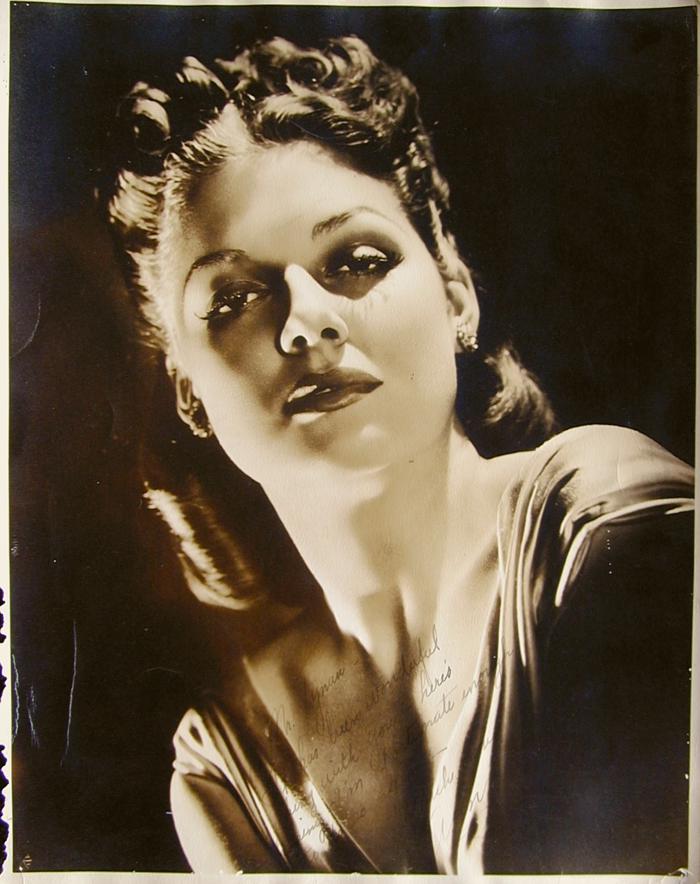
Jeanne Eagels died in 1929 after an abuse of heroin.
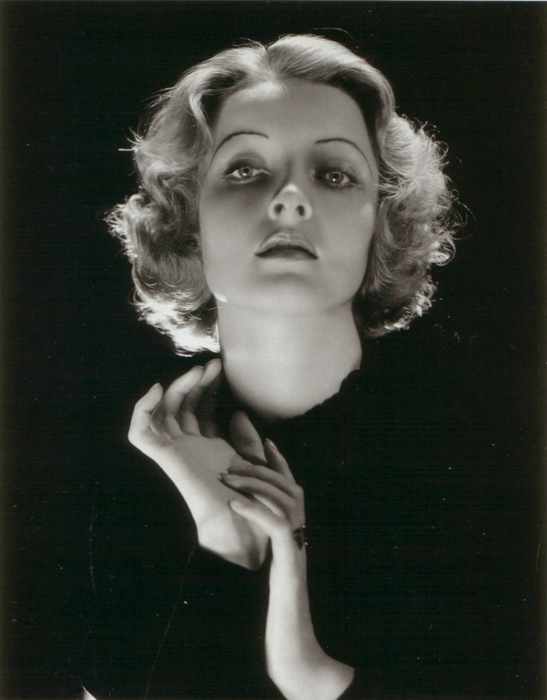
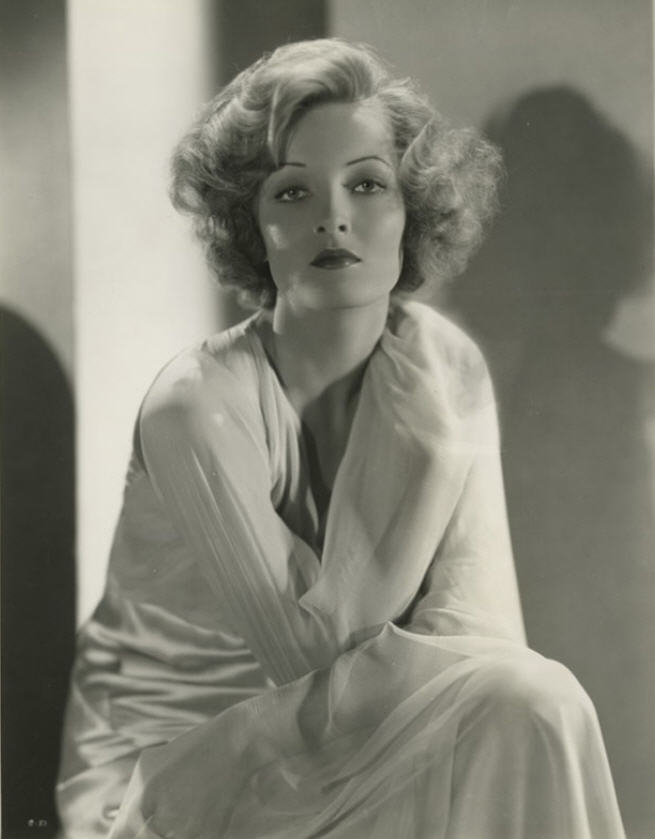
Gwili Andre, a failed actress, found solace in alcohol. Unable to face reality, burt herself on a pyre made of her own old newspaper clippings. It was 1959 and she was 51.
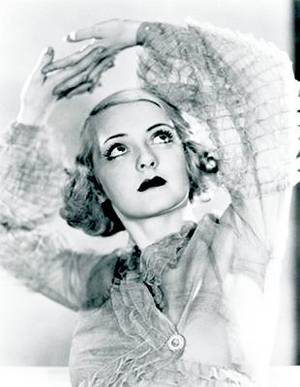
Peg Entwistle started a fashion: she commits suicide at the age of 24 by leaping off of the Hollywood Sign in 1932.
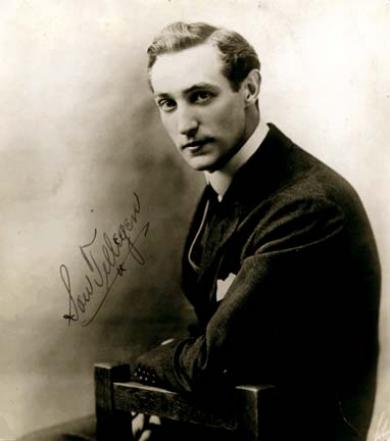
Lou Tellegen was a great actor who co-starred in several roles with Sarah Bernhardt, with whom he was involved romantically. He had appeared in numerous films before his face was damaged in a fire. Fame faded, employment was not forthcoming and debt-ridden, he went bankrupt. In 1934, when he was 50, Tellegen locked himself in the bathroom, then shaved and powdered his face. Then while standing in front of a full-length mirror, he committed suicide by stabbing himself with a pair of sewing scissors seven times surrounded by newspaper clippings of his career.
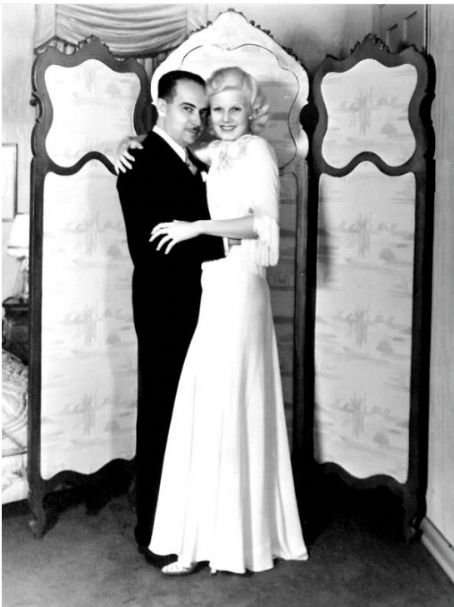
Paul Bern married film star Jean Harlow on July 2, 1932. Two months later, on September 5, he was found dead, from a gunshot in the head, in their home. The coroner ruled his death a suicide. He left a note :””Dearest Dear, Unfortuately this is the only way to make good the frightful wrong I have done you and to wipe out my abject humiliation, I Love you. Paul. You understand that last night was only a comedy”

Thelma Todd was called “The Ice Cream Blonde”. She was found dead in her car inside the garage in 1935 because of carbon monoxide poisoning. At first sight everybody believed the death was accidental, but blood from a wound was found on her face and dress, leading some to believe that she was knocked unconscious and placed in the car so that she would succumb to carbon monoxide poisoning. Since her body was cremated, a second, more thorough autopsy, could not be carried out. Nobody ever knew who murdered her and why.
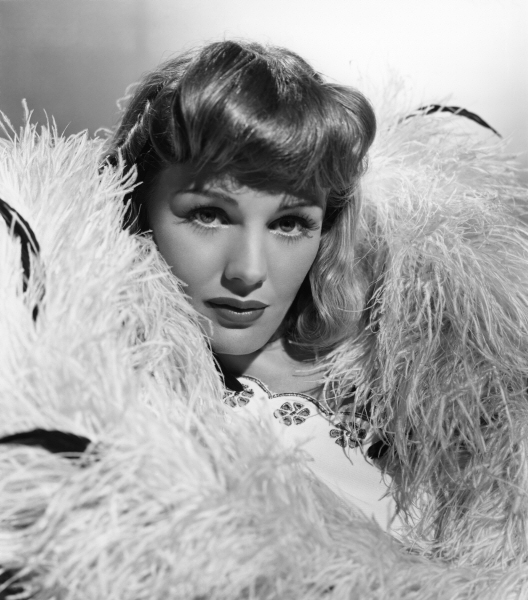
Frances Farmer was hailed as the new Greta Garbo. She loved to play Checov but her Studio preffered stupid comedies for her. She never loved Hollywood circles and this caused many enemies. In 1942, Frances Farmer was stopped by the police for driving with her headlights on bright in the wartime blackout zone. Some reports say she was unable to produce a driver’s license and was verbally abusive. At almost the same time, a studio hairdresser filed an assault charge alleging that Farmer had dislocated her jaw on the set. Within days, Farmer was diagnosed with paranoid schizophrenia. She was given insulin shock therapy, a treatment then accepted as standard psychiatric procedure. The side effects included intense nausea. Farmer moved back in with her parents in West Seattle, but she and her mother fought bitterly. Within six months, Farmer physically attacked her mother. Her mother then had Frances Farmer committed to Western State Hospital at Steilacoom, Washington. There, Farmer sometimes received electro-convulsive shock treatment (ECT). Farmer recounted her stay in the state asylum as “unbearable terror”: “I was raped by orderlies, gnawed on by rats and poisoned by tainted food. I was chained in padded cells, strapped into strait-jackets and half-drowned in ice baths.” It is rumored she was also used as an experimental subject for drugs such as Thorazine, Stelazine, Mellaril and Proxilin and that she had been the subject of a transorbital lobotomy. In 1970, Farmer died alone and forgotten from esophageal cancer. In 1993 Kurt Cobain, Nirvana’s lead singer, will dedicate a song to her “Frances Farmer will have her revenge on Seattle”.
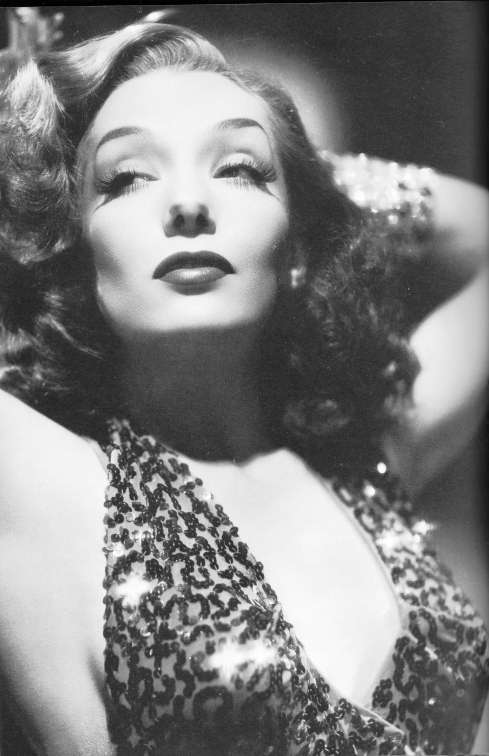
Lupe Velez worked with notable film directors like Victor Fleming, D. W. Griffith, Tod Browning, Cecil B. DeMille. She was a comedy star, emotionally generous and passionate and had a number of highly publicized affairs, including one with Gary Cooper, before marrying Olympic athlete Johnny Weissmuller (of Tarzan fame) in 1933. The marriage lasted 5 years. In the mid-1940s, she had a relationship with the young actor Harald Maresch, and became pregnant with his child but, unable to face the shame of giving birth to an illegitimate child, she decided to take her own life. Newspaper didn’t report that she was found with her head in the toilet due to nausea caused by the overdose.
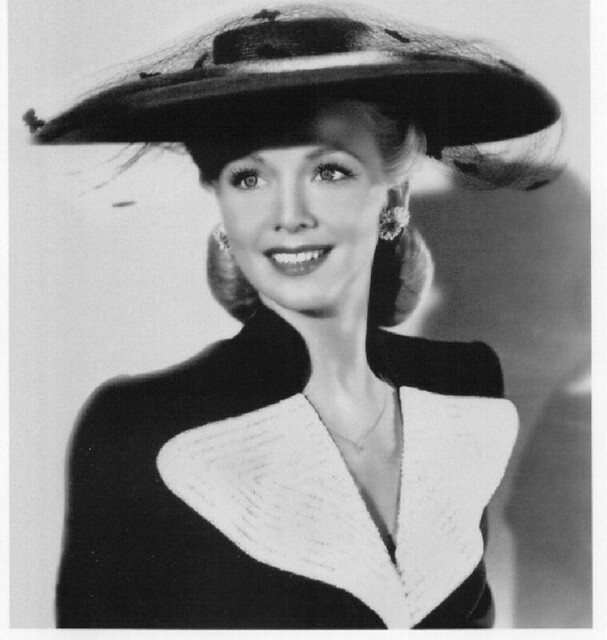
Carole Landis commited suicides in 1948 because the man she had a relationship with, Rex Harrison, was married and didn’t want to break up with his wife (Lilli Palmer).



